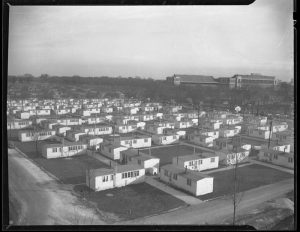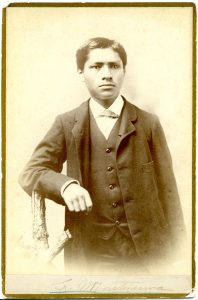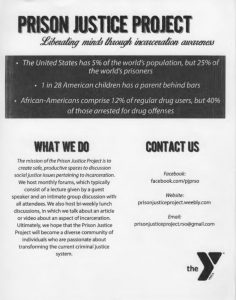
Written by Thomas Hendrickson
After the bombing of Pearl Harbor the United States launched itself into World War II and, like many universities and colleges throughout the States, the University of Illinois was fully engaged in mobilizing its resources for the war effort. New military-student programs began to be set up immediately. Before the end of the next semester (Spring ’42) the Navy had constructed several different military training programs at Illinois: a Naval Signal School, Diesel Engine School, and Diesel School.[1] By mid-summer the U.S. Army had also created the Army Specialized Training Program. Thus by the summer of 1942 military students/trainees outnumbered civilian students at the University of Illinois.[2]

This influx of programs and students had a profound impact on University Housing for the rest of the decade because Illinois was now exceeding its student carrying capacity. So much so that despite having just completed the Men’s Residence Halls in the autumn of 1941 the housing situation was over-encumbered. To make space University Housing had to get creative. They re-outfitted the women’s hall of Busey-Evans for military personnel and more classrooms, set up the Great West Hall of the Stadium to hold classrooms, and fraternities were obligated to house military trainees for a short time. To meet the student dining needs the University began serving meals from various locations, including the Illini Union ballroom. This was still not enough and the Housing Division had to take over the Men’s Old Gymnasium and use it for temporary housing and more classes.[3]



